Are you looking to make a meaningful impact in your community? Sponsoring a local project not only brings transformative benefits to those in need, but it also enhances your brand's visibility and strengthens community ties. In this article, we'll explore how to craft a compelling letter that captures the essence of your project and engages potential sponsors. Join us as we dive into the essential elements that make your sponsorship request stand out!

Project Overview
The Community Green Initiative aims to transform a vacant lot located at 123 Main Street into a vibrant urban garden. This project, set to launch in April 2024, seeks to engage local residents in sustainable gardening practices while enhancing the neighborhood's biodiversity. Planned features include native plant species, a vegetable patch, and educational workshops on composting and environmental stewardship. The initiative anticipates participation from at least 100 community members during its first year, fostering a sense of belonging and teamwork. Funding of $20,000 is needed to cover soil, seeds, tools, and educational materials, ensuring a successful and impactful transformation of this underutilized space.
Target Audience
A well-defined target audience greatly influences the success of community project sponsorships. Identifying specific demographic groups, such as families, seniors, or youth, ensures targeted engagement. For example, local families may respond positively to sponsorship opportunities in family-friendly events, such as community fairs or sports tournaments. Similarly, seniors may appreciate programs focused on health and wellness, such as fitness classes or nutritional workshops held in community centers. Understanding the geographic region, such as urban neighborhoods or rural areas, also shapes the community's needs and interests. Crafting tailored messaging, emphasizing benefits such as enhanced community unity or improved local resources, can resonate effectively with each audience segment, leading to increased participation and support for the project.
Sponsorship Benefits
Sponsorship of community projects provides multiple benefits for businesses and organizations seeking to enhance their visibility and foster goodwill. Engaging in local initiatives, such as environmental clean-up events or youth educational programs, elevates brand recognition among community members, creating a positive association with social responsibility. Sponsored projects, like annual festivals or health fairs, often attract significant attendance, providing opportunities for direct interaction with potential customers. Furthermore, sponsorships can lead to increased customer loyalty, as residents tend to support businesses that contribute to their community's welfare. Additionally, businesses can leverage partnerships with local government or non-profit organizations for networking opportunities, thus expanding their professional connections and influence within the community.
Funding Requirements
Community projects often seek sponsorship to fulfill funding requirements essential for successful implementation. Local initiatives, such as community gardens, youth mentorship programs, or neighborhood clean-ups, typically require financial support ranging from $5,000 to $50,000, depending on project scale and duration. Sponsorship contributions help cover costs of materials, equipment, promotional activities, and event logistics. Engaging local businesses, such as grocery stores or hardware suppliers, enhances community ties while providing visibility to sponsors. Grants from foundations or government programs may also supplement funding requirements, ensuring long-term project sustainability and impact.
Contact Information
Community project sponsorship plays a crucial role in supporting local initiatives that enhance quality of life. Essential contact information includes the project name, organization name, project coordinator's name, email address, and phone number to ensure effective communication and outreach. Specifics about community resources, such as local businesses, schools, or recreational facilities, often demonstrate collaboration potential. Financial sponsorship details, including desired funding amounts, projected costs, and budget breakdowns, promote transparency and accountability. Highlighting the project's objectives, such as promoting environmental sustainability or social inclusion, can attract sponsors who share similar values.

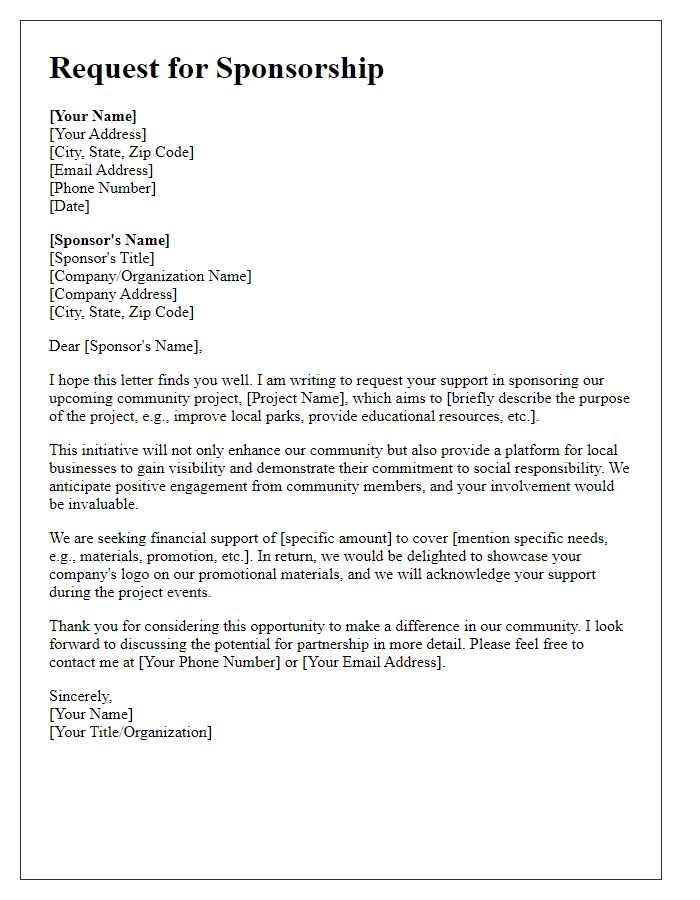

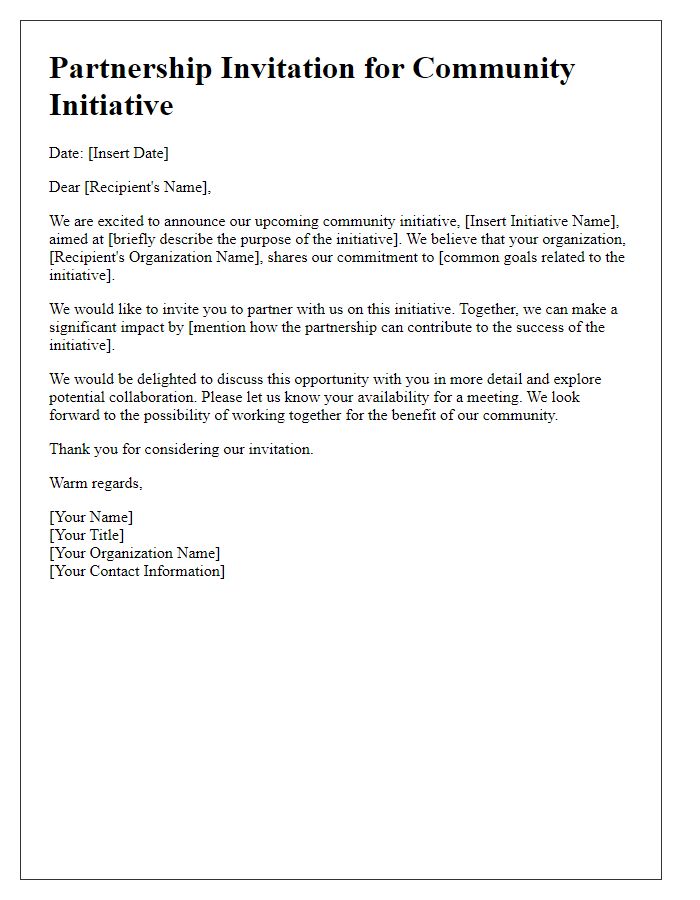

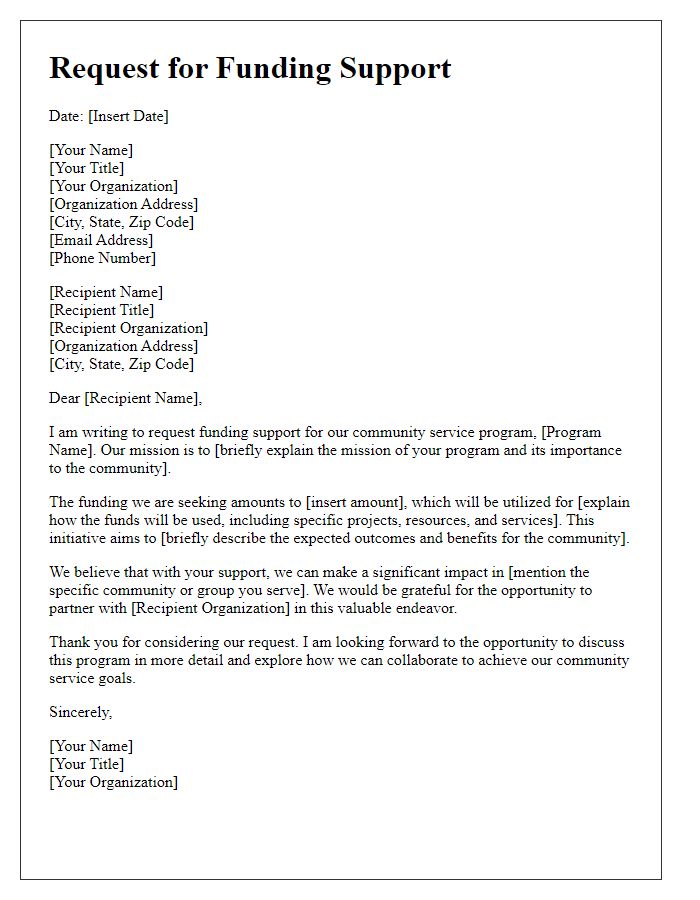
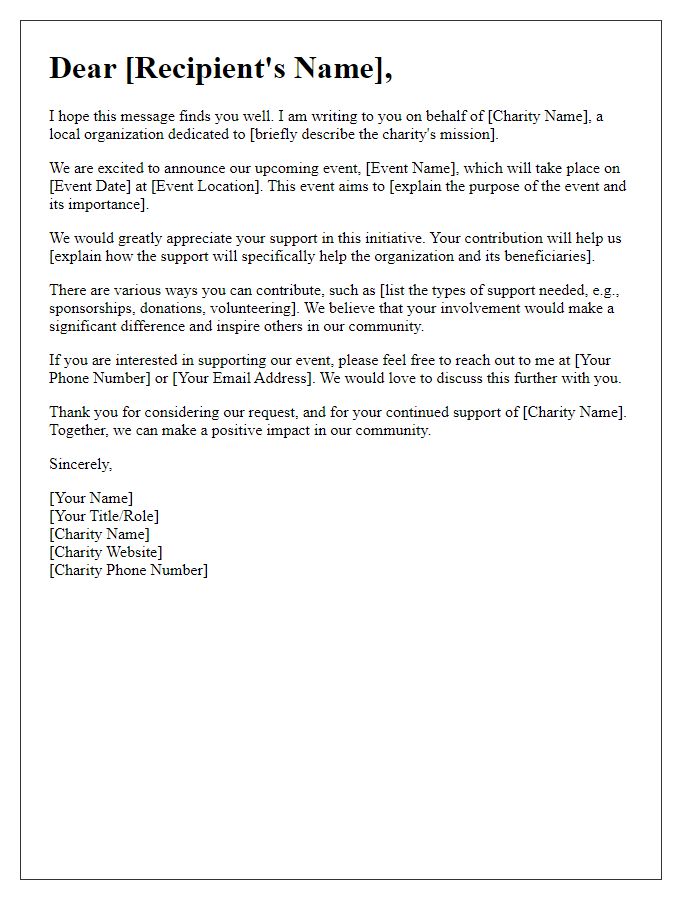
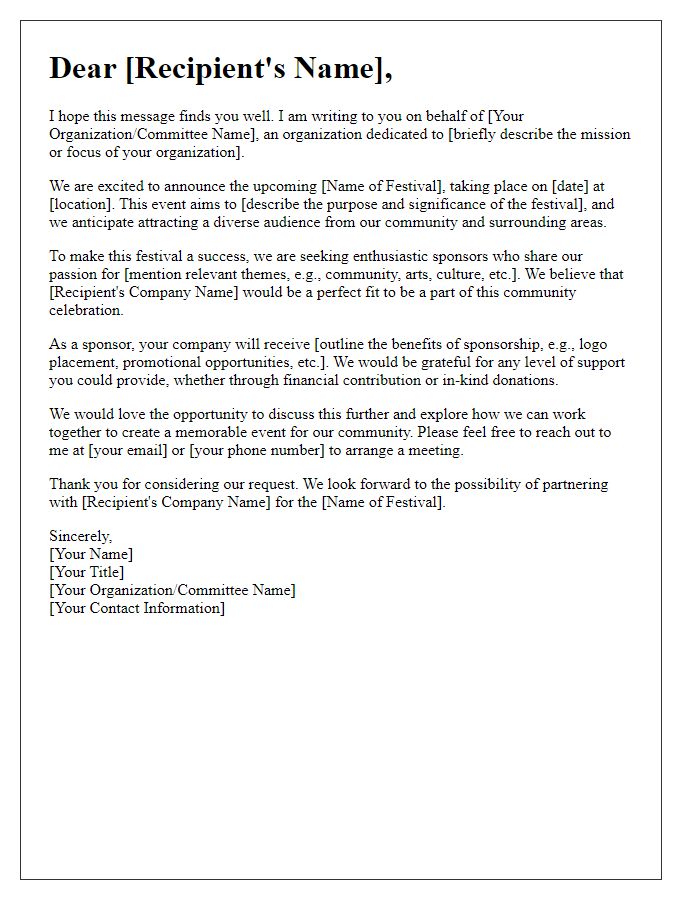
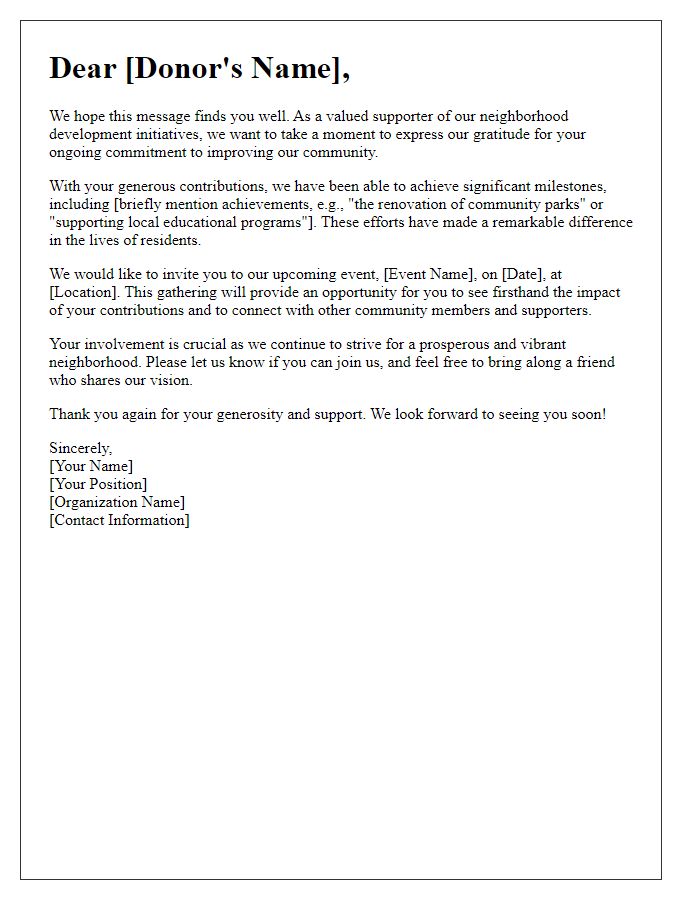
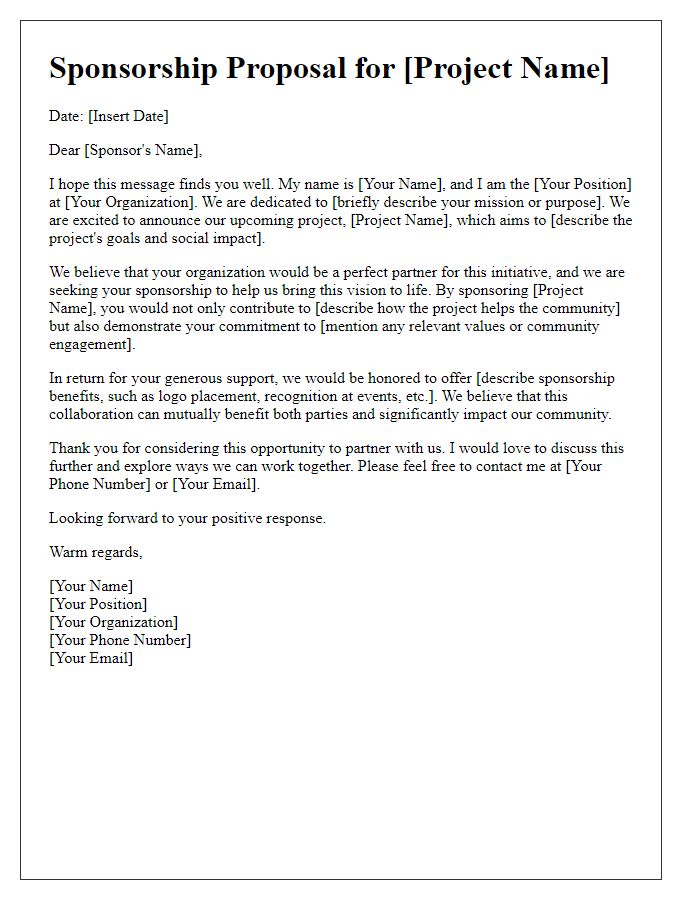
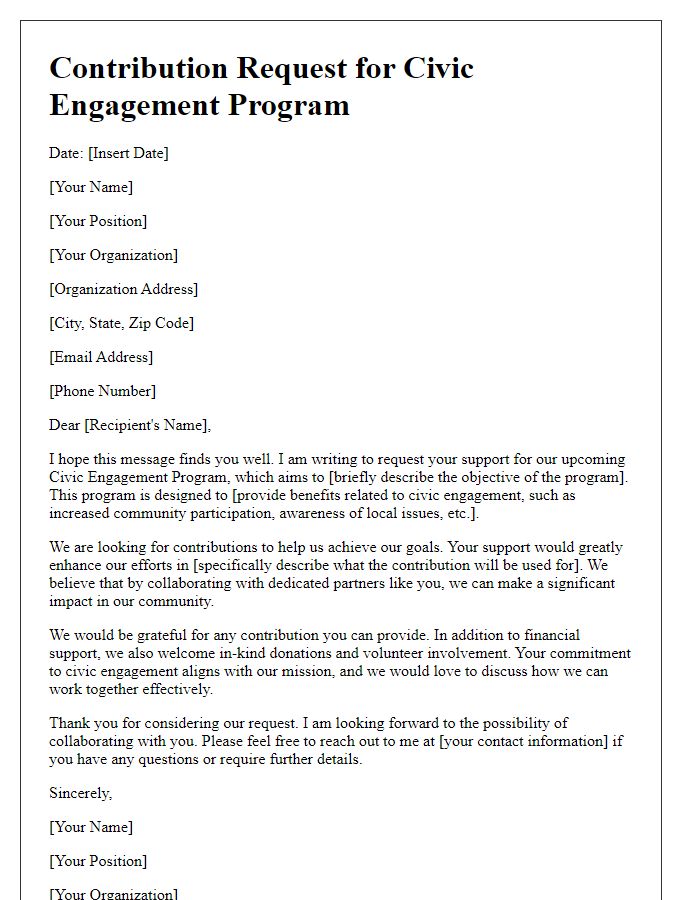


Comments